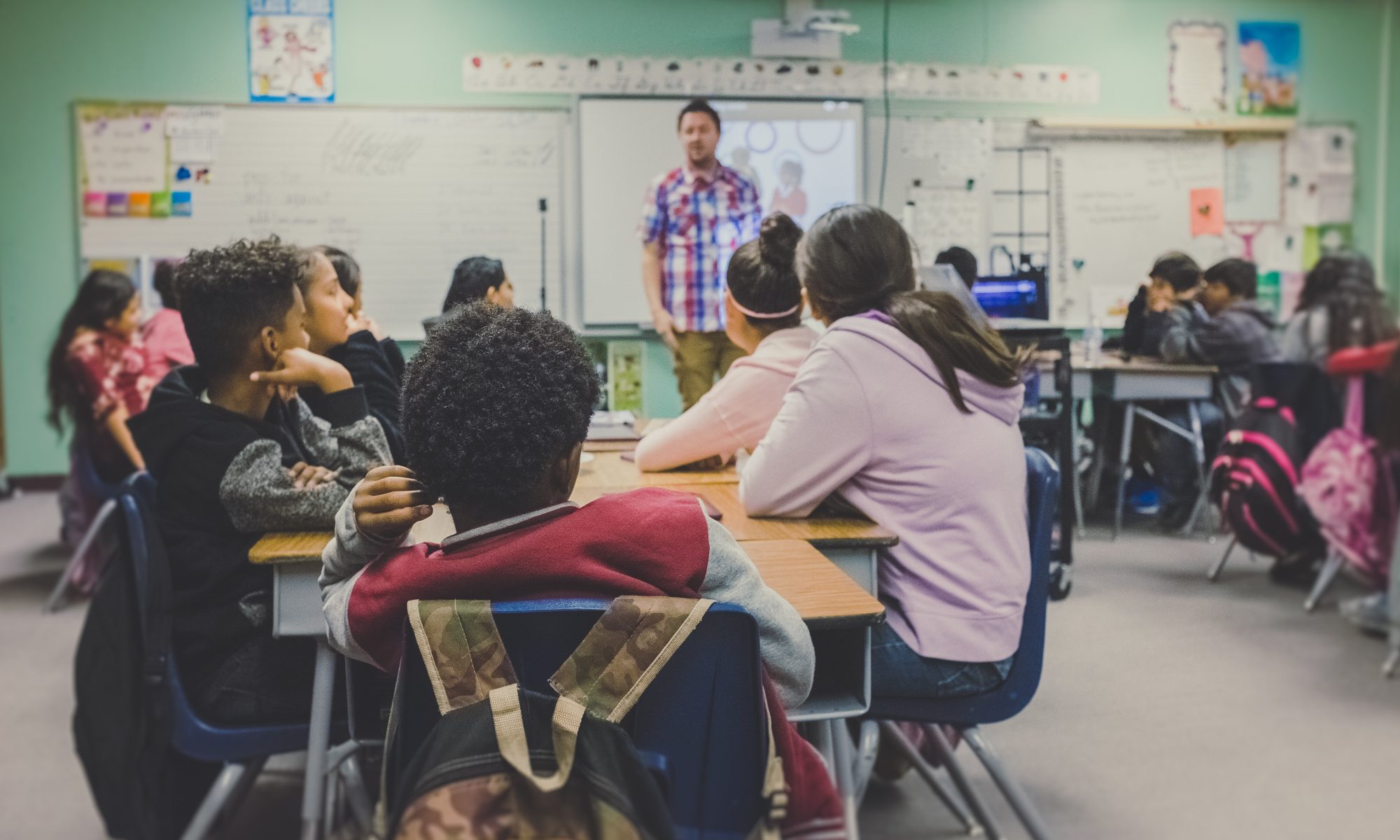This is the part of long-term memory with the function of keeping relevant details related to performing various actions and skills. Fundamentally, it’s the memory of how to do particular things (or perform certain procedures), such as walking, tying shoelaces, riding a cycle, and cooking an omelet, among others.
Professional athletes and musicians excel, in part, due to their advanced ability to create procedural memories. This type of memory also plays a vital role in language development, as it lets an individual talk without giving a lot of thought to proper grammar and syntax. Some tasks (in addition to the ones mentioned earlier as examples) that depend on procedural memory are skiing, playing the piano, swimming, ice skating, etc.
Procedural memories are typically unconscious. It means people don’t consciously recall them and can perform the actions without investing much mental effort as they become almost automatic. Perhaps that’s why procedural memory is sometimes called automatic memory or unconscious memory. It’s a subset of implicit memory that uses past experiences to recall matters without thinking about them. It’s different from explicit memory or declarative memory, which is made of events and facts that can be explicitly stored and intentionally recalled or “declared.”
To understand how procedural memory forms, it’s important to know about the different parts of the brain and their roles. In the brain, the cerebellum, parietal cortex, and prefrontal cortex are all involved early on in studying motor skills. The cerebellum’ role is particularly vital, as it’s needed to synchronize the flow of movements necessary for skilled motion and such movements’ timing. While humans have all the neurons they need for life when they’re born, they need to be programmed through experience to carry out tasks like hearing and seeing, and later, talking and walking.
Procedural memories are created when repeated signals strengthen synapses (which are neural junctions). The more frequently an individual performs an action, the more often signals are sent through the same synapses. After a while, these synaptic routes grow stronger, and the actions become automatic and unconscious. Although a particular memory can be as fundamental as creating an association between two nerve cells in the fingertip, other procedural memories are more intricate and take longer to form.
It’s difficult to explain procedural memory verbally as it’s usually depicted by doing. For example, it is nearly impossible to put into words how an individual drives a car without actually driving the vehicle. Though the individual can tell someone that he knows how to drive, there’s no way to prove that he actually knows it without performing the action. However, if he was asked how to drive to his house, he would probably talk about the route fairly easily. This happens because remembering the physical process of doing something (such as driving a car in this case) is a procedural memory while remembering the route an individual will have to take to reach somewhere is a declarative memory.
Procedural memory is said to form an individual’s personality as it’s closely related to creating habits since the individual develops automatic responses to particular situations.










